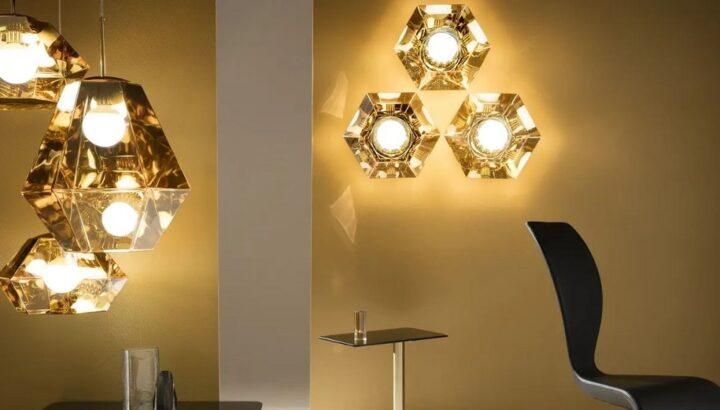Blog Introduction: The art of interior design involves a lot of things, including the use of lighting. Incorporating the right type of lighting in an interior design plan not only illuminates the space but also plays a crucial role in setting the mood. Essentially, lighting is an aspect of interior design that should never be overlooked. In this article, we will discuss the impact of lighting in interior design, and how to get the perfect lighting for your home.
Lighting plays a critical role in interior design Dubai. Proper lighting is essential for creating a comfortable, inviting atmosphere and can transform any space into a beautiful work of art. Not only does lighting provide functionality in a room, but it also affects emotions, mood, and overall well-being. The innate effects of lighting on the human body are well-researched, and it has been found that exposure to natural light improves alertness, productivity, and happiness. Similarly, soft lighting in a bedroom can promote feelings of relaxation while adequate lighting in a workspace can help people stay focused. When it’s done well, lighting is an essential ingredient that can enhance the aesthetic appeal and functionality of any space, and as a result, it demands careful consideration from designers.
5 Impacts of Lighting in Interior Design
- Lighting Enhances the Aesthetics of Your Space
The right lighting can take your home’s aesthetics to a whole new level. It’s no secret that lighting is used to highlight the best features of any space. Whether it’s a piece of art, a beautiful textured wall, or even an accent wall, lighting helps to bring them all to life. Good lighting can even make a small space look more expansive. You can achieve this by incorporating natural light, ambient light, and accent lighting in your design plan.
- Lighting Sets the Mood
Lighting is directly linked to your mood, and this is something that should be embraced when designing your home. Consider when you go to a fancy restaurant or your favorite bar. The ambiance of these spaces is often created by the lighting used. The same applies to your home. Whether you want a cozy and warm atmosphere or a bright and vibrant one, lighting can make it happen.
- Lighting Helps to Improve Health and Well-being
Lighting has been medically proven to have impactful effects on our health and well-being. For example, the blue light emanating from our electronic devices such as mobile phones can negatively affect our sleep. Studies have shown that too much blue light can inhibit the production of melatonin, which is essential for sound sleep. By choosing the right lighting in our homes, we can create an environment that is both relaxing and calming for better sleep.
- Lighting can Save Energy and Reduce Costs
Another factor to consider when designing your home’s lighting is energy efficiency. Lighting that takes advantage of natural light and is LED-based can reduce energy consumption and costs. For example, dimmers and motion sensors can be incorporated into your lighting plan to reduce electricity usage. In the long run, this can lead to significant savings on your electricity bill.
- Lighting can Enhance Safety and Security
Beyond aesthetics, lighting can enhance safety and security in your home. Adequate lighting in entryways and corridors, for example, promotes safety by preventing accidents such as falls or collisions. Furthermore, lighting is known to prevent break-ins and encourage security at home.
Conclusion:
In summary, lighting plays a critical role in interior design that shouldn’t be overlooked. From enhancing aesthetics to promoting health and well-being, lighting can offer numerous functional benefits to your home. You can hire an interior decorator in the UAE to décor your home and work places. When designing your home, it’s essential to get the proper lighting plan that suits your needs. With the right lighting, you can improve your home’s ambiance, functionality, and energy efficiency.
